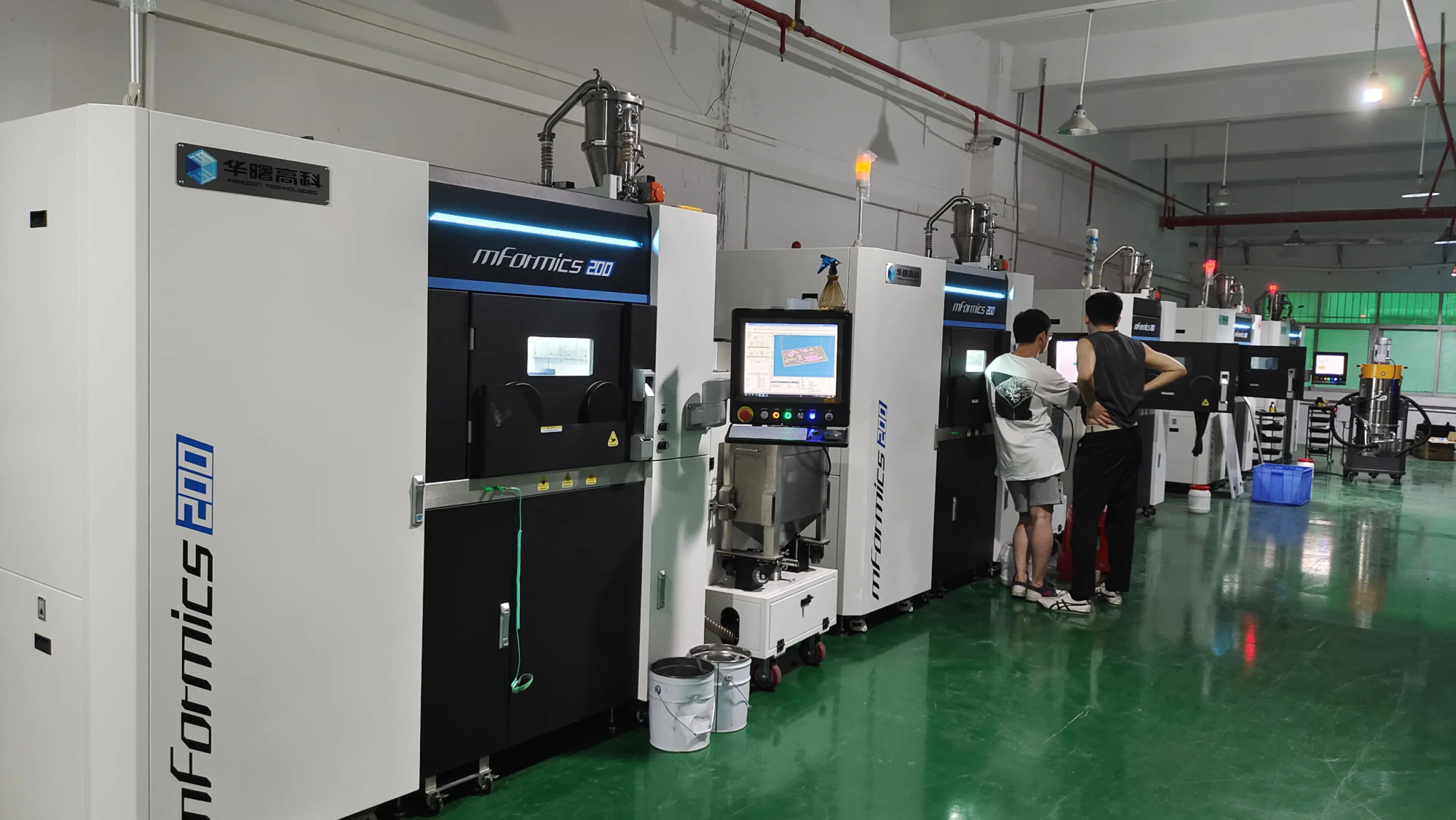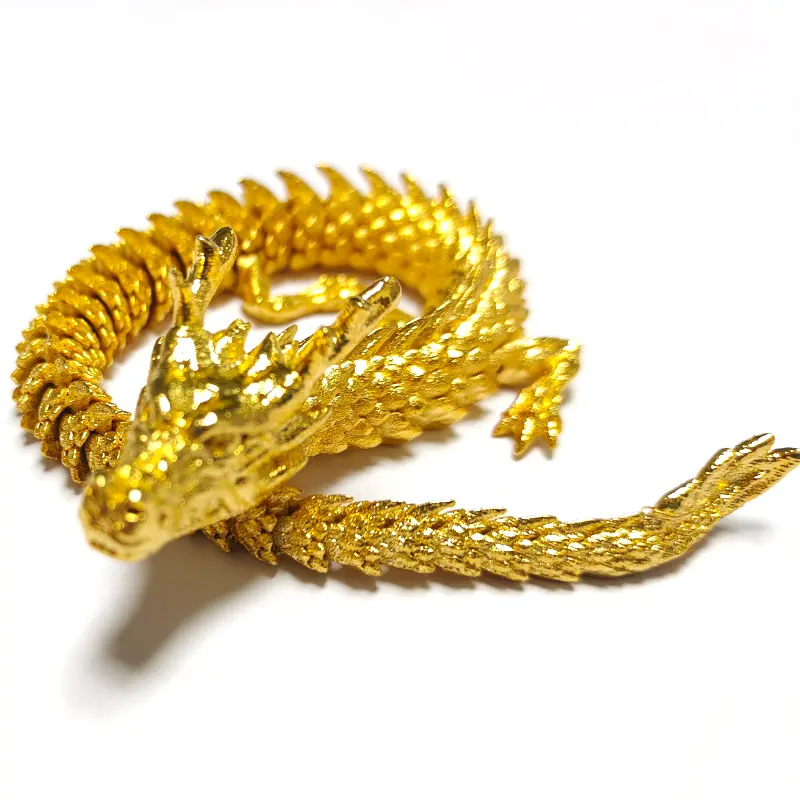The world of 3D printing has been growing rapidly, and its applications have been expanding to various industries, thus changing the way we design, prototype and manufacture products. With the advancement of technology, 3D printing has become more accessible, affordable and efficient, making it an indispensable tool for innovation and problem solving. In this article, we will explore 10 cool 3D printing uses that revolutionize different fields and push possible boundaries.
Medical implants and prosthetics: 3D printing has been widely used in the medical field to create customized implants, prosthetics and surgical models. This technology allows the creation of personalized implants that can be tailored to suit the needs of individual patients, thereby reducing the risk of rejection and increasing the success rate of surgery.
Aerospace and automotive industries: 3D printing is used in the aerospace and automotive industries to create lightweight, complex parts such as aircraft components, engine parts and automotive dashboards. This technology enables the creation of parts that cannot use geometry produced by traditional manufacturing methods, reducing weight and increasing efficiency.
Art and fashion: 3D printing has been used in the art and fashion world to create innovative and unique designs. From custom jewelry to high-end fashion, 3D printing allows designers to push the boundaries of creativity and experiment with new shapes, textures and materials.
Educational tools: 3D printing is used in educational institutions to create interactive and engaging learning materials such as 3D models, anatomical models and scientific models of historical relics. This technology enables students to explore complex concepts in a hands-on and immersive way.
Home Decoration and Furniture: 3D printing is used in the home decoration and furniture industry to create custom and unique pieces such as lampshades, vases and furniture components. This technology allows the creation of complex designs and geometric shapes that cannot be produced using traditional manufacturing methods.
Food printing:3D food printing is a growing field involving the creation of food using 3D printing technology. This technology allows the creation of customized foods with complex shapes and designs, such as chocolate, cakes and pasta.
Teeth and orthodontic models: 3D printing is used in the teeth and orthodontic domains to create accurate, detailed models of teeth, gums and jaw bones. This technology enables dentists and orthodontists to plan and prepare complex surgeries and treatments.
Custom phone boxes and accessories: 3D printing is used to create custom phone shells, phone holders and other mobile accessories. This technology allows the creation of unique and personalized designs that can be tailored to personal preferences.
Building Model: 3D printing is used in the architecture field to create detailed and accurate models of buildings, bridges, and other structures. This technology enables architects and engineers to visualize and test their designs before construction.
- Animal prosthesis: 3D printing is used to create customized prosthetics for animals such as dogs, cats, and birds. This technology allows the creation of prosthetics that can be tailored to the needs of individual animals, thereby improving their quality of life and mobility.
In short, 3D printing has come a long way since its establishment, and its applications are diverse and profound. From medical implants to aerospace components, 3D printing has revolutionized the way we design, prototype and manufacture products. As technology advances, we can expect to see more innovative and exciting applications for 3D printing in the future.
FAQs (FAQs)
Q: What is 3D printing?
A: 3D printing is a technology that creates physical objects from digital design by layering materials such as plastics, metals and ceramics.
Q: What are the benefits of 3D printing?
A: The benefits of 3D printing include rapid prototyping, reduced production time, improved accuracy, and the ability to create complex geometric shapes and designs.
Q: What are the different types of 3D printing technology?
A: Different types of 3D printing technologies include Fusion Deposition Modeling (FDM), Stereo Lithography (SLA), Selective Laser Sintering (SLS) and Electron Beam Melting (EBM).
Q: What materials can be used for 3D printing?
A: Materials that can be used for 3D printing include plastics, metals, ceramics, glass and biomaterials.
Q: Is 3D printing expensive?
A: The cost of 3D printing depends on the technology, materials and complexity of the design. However, with the advancement of technology, 3D printing has become more affordable and easy to use.





